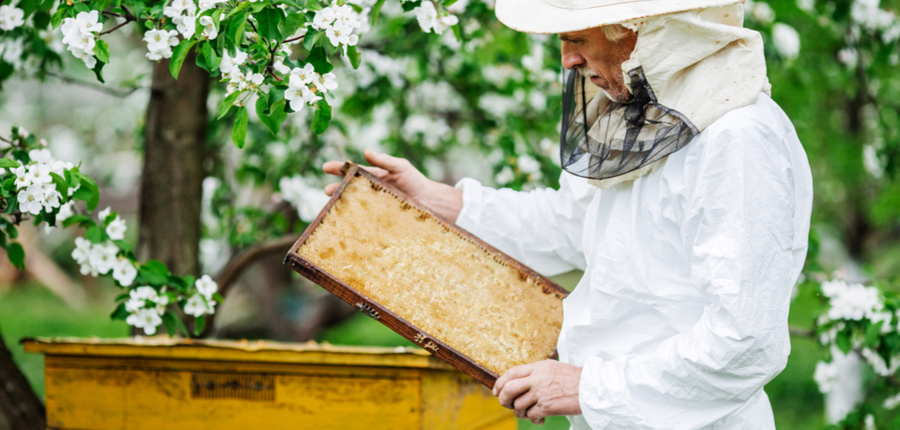
We are hoping to learn more about these bees. In April and May, if you see a large number of bees near the ground, they are likely to be solitary, ground nesting bees, such as miner bees ( Andrena) or plasterer bees ( Colletes). Please do not disturb the soil or apply pesticides in the area even after the bees are no longer active. The rest of the year the young will develop under ground. The adults are typically only active for a few weeks. Please enjoy the brief show they provide. These bees are non-aggressive and many of them are males (which have no sting), meaning that they you are highly unlikely to be stung even when close to the nest. You may see dozens of bees flying in an area. Some species of solitary bees can form many nests close together. If you can find the hole in your siding, you can plug it after the first frost or two without causing damage to the hive. If you can find the hole they are using on the inside of your house, you can plug it at any time. If you are regularly getting bumble bees in your basement, it is likely that they are nesting in your siding somewhere and have found a way into your house. Please verify what kind of bumble bee you have before moving or destroying a nest. It is against the law to intentionally destroy a rusty patched bumble bee nest. Even when there is no other choice, be aware that we have a federally protected bumble bee species in MN, the rusty-patched bumble bee.

We do not recommend moving a nest unless there is no other choice. If you do not discover the nest until August, it will not be long before the nest is done.īumble bees nests that are moved have a high failure rate.

This prevents people from accidentally getting too close to the nest, but does not interfere with the bees. People can usually live peacefully with a nearby bumble bee colony by simply placing some garden fencing or chicken wire around the area of the nest entrance. For Twin Cities area removal of honey bees from structures, see this list of Minnesota beekeepers: Removal of Swarms and Bees from Structures Bumble beesīumble bees are usually only defensive (likely to sting) when their nest is disturbed. If honey bees have taken up residence in your home, there are professionals that can remove them, but often it involves some major destruction and reconstruction of your home or building. During swarming, the bees are especially gentle, as they are not protecting any home. These bees will gather on a tree limb or concealed space until scouts find a new home, usually within 12 to 36 hours. You may be seeing a swarm of honey bees looking for a new home. Honey or bumble bees only sting when protecting their hive or nest or themselves from a threat. Honey bees and bees in general are not aggressive by nature and only seek pollen and nectar sources. For information and photos on what a swarm of honey bees looks like: Swarms (by the Minnesota Hobby Beekeepers Association) Local hobby beekeeping associations are equipped to collect swarms from your yard.


 0 kommentar(er)
0 kommentar(er)
